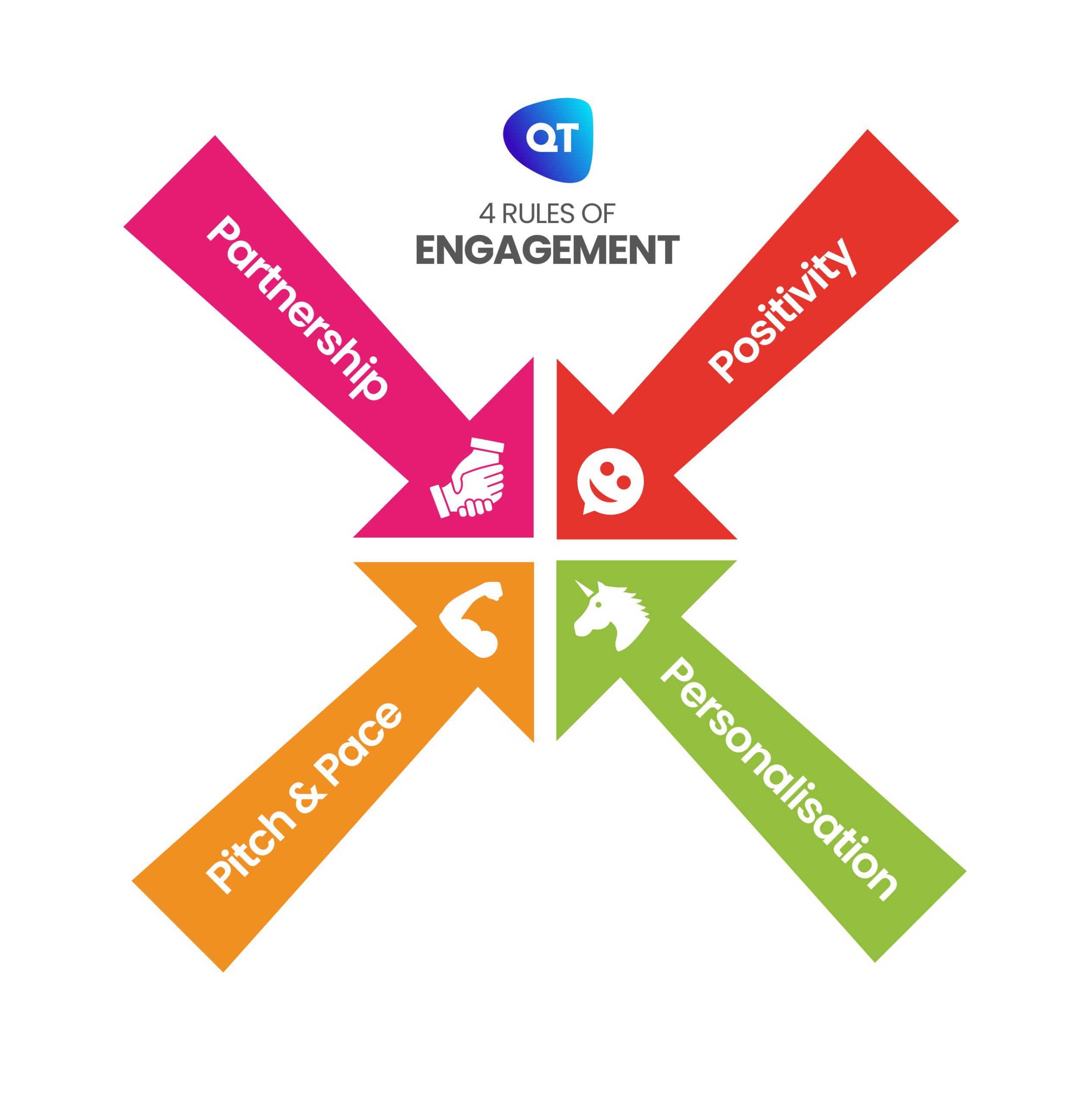You know your subject and you know you can teach it, but getting your student to pay attention long enough to learn something can be a challenge.
Combine these 4 simple strategies to build lasting engagement with any student in any subject.
1. Positivity
Warm welcome
Your students decide whether or not to engage in the first moments of the session.
Whether you’re tutoring online or face-to-face, ramp up the positive energy in the first moments of every session. An exaggeratedly warm smile and an enthusiastic welcome will make your student feel a surge of excitement even as they anticipate logging on, or sitting down to learn with you.
Friendliness
Take the time to ask how your student is, and what might be on their mind.
Respond to what they say in a way that builds the relationship and makes them feel heard. Relationship is the conduit for learning, after all.
Don’t worry that these friendly chats are wasting precious learning time.
In fact it’s the opposite.
If your student is preoccupied with other issues, they won’t be able to focus – so investing the few minutes in getting things off their chest will make your session more effective.
Enthusiasm
When your student knows you love your subject, they can become intrigued to understand the appeal. Many tutors I know chose their subjects because of their own teacher’s passion. Show your student your fascination with the subject by exploring beyond the curriculum.
Tackle open-ended questions alongside your student, giving weight to their opinions and ideas. Explore science, business, language or geography by opening any newspaper and interpreting the content together.
Encouragement
Showing your student that you’re on their team is one of the most satisfying elements of tutoring. Your student may feel lost as one of 30 in the classroom.
Having you cheering every small win – a remembered capital letter, for instance – gives them powerful feedback that their efforts matter.
Encouragement is far more powerful than praise.
It is the ongoing positive feedback that keeps our students making progress and on the right track. ‘You can do it’ is even more powerful than ‘you did it’. It’s permission to keep going.
2. Personalisation
Tailoring your activities to your students’ interests is a freedom you have as a tutor. Whether you are teaching knowledge, or developing skills, you can personalise any task to ensure engagement throughout.
If you’re counting, why not count purple unicorns? If you’re describing, why not describe a fierce BMX race? If you’re analysing Hamlet, why not illustrate and publish a comic?
Make a series of worded-problems far more engaging by basing them on plans for your student’s birthday party. Develop reading, writing and oracy skills through a research project on your students’ special interests.
3. Pitch and Pace
The real reason most students lack engagement in the classroom will be pitch or pace. This is where tutoring makes all the difference.
Pitch
Pitch means how difficult the work is.
Working one-to-one or in small groups makes it much easier to get the pitch right. You can set work based on what you know about your student already. Crucially, you can also adjust the pitch in the moment, making the work more challenging or helping them through the tricky bits. Getting the pitch right means work that stretches without overwhelming your student.
Pace
Pace means how quickly or slowly you go.
Your student might struggle with teachers who go too fast, or may be bored by teachers going too slow. As a tutor, it’s crucial to pace your lesson according to your students’ nature (students with slow-processing speeds can be equally bright as their quicker peers, but never have the chance to show it).
4. Partnership
Intrinsic motivation is the great aim.
We want our students to feel the thrill of their own growth. Make your student a partner in their learning process. Agree goals, discuss plans and reflect on what went well together.
This level of thinking is called meta-cognition, and along with the associated skill of self-regulation, evidence shows this is the way to turn our students into independent learners.
Ask questions such as ‘Did you think you’d find this harder?’, ‘What made this question tricky? Or ‘What do you need to know in order to solve this problem’ These questions make the learning reflective as well as active, and the student will become just as engaged in the tutoring session as you are.
These 4 Steps: Positivity, Personalisation, Pitch & Pace and Partnership will help you to engage every student in every session.
We cover these principles, and so much more, in our Level 3 in Education and Training – a course designed to help you become the tutor your students need. You can find out more about our course and enrol here.

